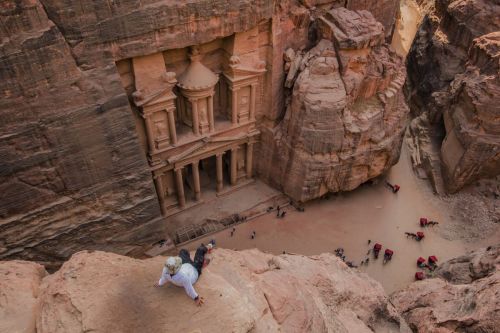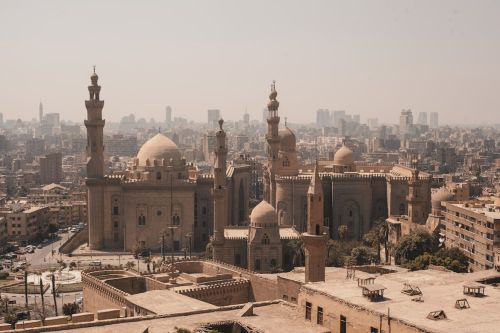26 facts about Petra
Petra is an amazing, old necropolis carved into the rock in ancient times. A narrow ravine, which can only be crossed on foot or on the back of an ani ...
It was built by the sweat of a hundred (or three hundred and twenty) thousand workers, an unimaginable engineering and logistical task. Granite blocks weighing 80 tons used for some of the structural elements of the Great Pyramid were transported over 800 kilometers by the Nile.













